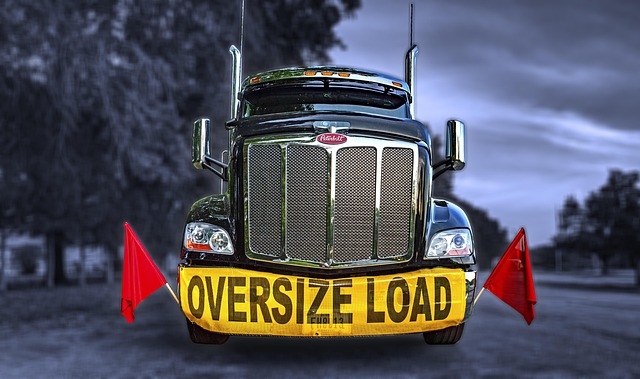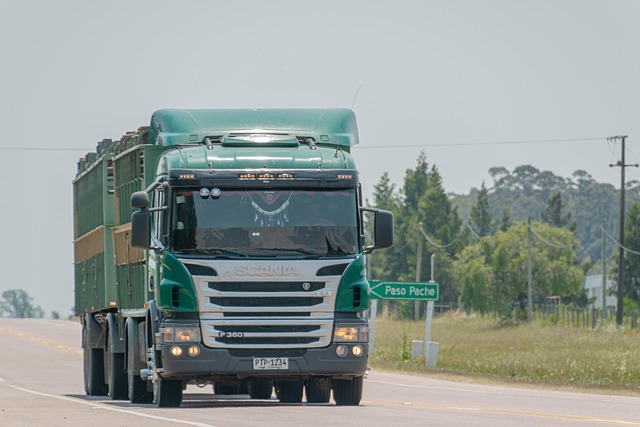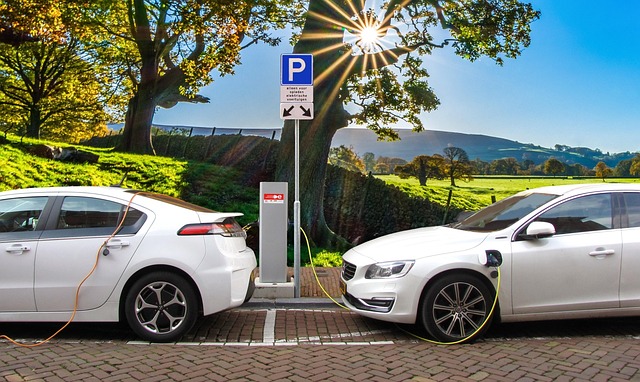Looking to register your car in California? It’s a straightforward process, but understanding the requirements is key. This guide walks you through everything from gathering necessary documents for VIN verification to completing the registration application and paying fees. By following these steps, you’ll ensure a smooth experience and have your vehicle legally registered in no time, ready to hit the bustling California roads.
- Understand the Requirements for Car Registration in California
- Gather Necessary Documents for VIN Verification
- Perform a Vehicle Identification Number (VIN) Check
- Complete the Registration Application Process
- Pay the Required Fees and Receive Your Registration Certificate
Understand the Requirements for Car Registration in California

Before you begin the registration process, it’s crucial to understand what’s required for car registration in California. The state demands a thorough inspection of your vehicle’s key components, ensuring compliance with safety and emissions standards. One critical step is the VIN verification (Vehicle Identification Number), which establishes the car’s authenticity and history.
This process involves a VIN inspection to check for any discrepancies or signs of tampering. A reliable mobile vin verifier can streamline this step by providing on-site, accurate readings, eliminating potential delays caused by traditional methods. By meeting these requirements upfront, you’ll ensure a smoother registration experience in California.
Gather Necessary Documents for VIN Verification

Before you begin the registration process, it’s crucial to gather all the essential documents for VIN (Vehicle Identification Number) verification. This step is a critical part of ensuring your vehicle’s history and authenticity during the registration in California. You’ll need various documents, including the certificate of title from the previous owner, proof of insurance, and a valid driver’s license. Additionally, for a seamless process, consider having a mobile VIN verifier at hand—this can be a convenient way to complete the verification step quickly.
The California Department of Motor Vehicles (DMV) may also require a mobile vin inspection or other forms of documentation to confirm the vehicle’s details and its condition. Ensure that all documents are up-to-date and accurate to avoid any delays in the registration process.
Perform a Vehicle Identification Number (VIN) Check

Before registering your car in California, performing a Vehicle Identification Number (VIN) check is a crucial step in the process. This involves verifying the authenticity and history of your vehicle using its unique VIN. By conducting a VIN verification, you can ensure that the car you’re purchasing or transferring doesn’t have any outstanding issues like flood damage, odometer rollback, or hidden mechanical problems.
In California, you can perform this vin verification through various methods, including utilizing a mobile vin inspection or enlisting the help of a mobile vin verifier. These services allow for convenient and efficient checks by providing on-site or remote assessments, respectively. With just your VIN, these tools can deliver detailed vehicle reports, giving you peace of mind as you navigate the registration process.
Complete the Registration Application Process

After gathering your necessary documents, it’s time to complete the registration application process with the California Department of Motor Vehicles (DMV). Start by filling out Form DV-140, which is the Application for Title and Registration. This form requires detailed information about you, the vehicle owner, and the vehicle itself. Make sure to include your personal details, contact information, and the complete vehicle description, including its make, model, year, and VIN (Vehicle Identification Number). The VIN is crucial, as it facilitates the vin verification process, ensuring that the vehicle matches the registration details accurately.
Once you’ve completed the application, submit it along with all required documents to your local DMV office or, in some cases, use a third-party service that offers mobile vin inspection and vin inspection options. These services can help streamline the process by verifying the VIN on your behalf, ensuring a faster registration experience. Alternatively, you can schedule an appointment at a DMV field office where a representative will perform this vin verification step for you.
Pay the Required Fees and Receive Your Registration Certificate

After completing your vehicle’s registration application, it’s time to settle the fees associated with the process. In California, you’ll need to pay for the registration itself, along with a Vehicle Identification Number (VIN) verification fee. The VIN is a unique code that identifies your car, and ensuring its accuracy is crucial. This verification step can be completed through various methods, including a traditional inspection at a designated center or, conveniently, with a mobile VIN inspection service.
The registration certificate will then be issued, formally registering your vehicle in the state of California. This document is essential for legal driving and should be kept secure and readily accessible. Remember, proper documentation ensures smooth interactions with law enforcement and other official bodies related to vehicle regulations.
Registering a car in California involves understanding the requirements, gathering essential documents for VIN verification, performing a Vehicle Identification Number (VIN) check, completing the registration application process, and paying the required fees. By adhering to these steps, you can ensure a smooth and compliant car registration, allowing you to hit the road legally and with peace of mind.
